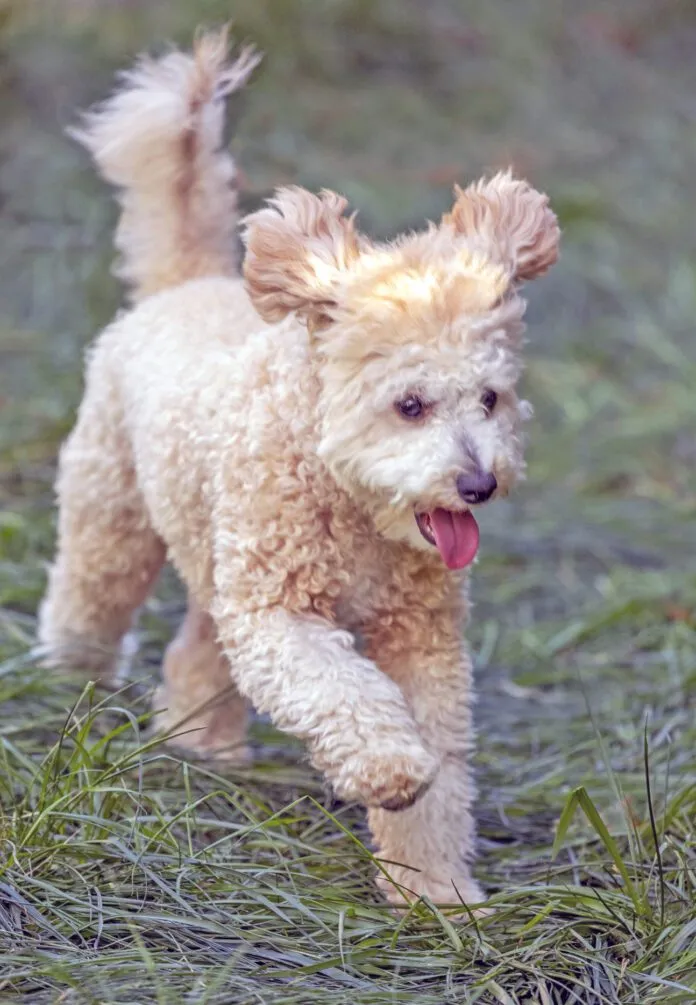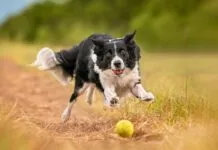Dogs have tails because they serve a purpose. If not, they would have genetically disappeared long ago, as they have on other mammals.
Dogs have bones in their tail called coccygeal vertebrae. Long tails generally have 22 to 23 bones in them. The shorter, curly tails can have as few as six coccygeal vertebrae.
Any bone can break, or fracture, which means dogs can break their tails. Trauma like getting caught in a door, a heavy object falling on it, and even bite wounds can result in a broken tail.
Broken Dog Tails
Broken tails are painful. You may notice swelling at the fracture site. X-rays are necessary to confirm and assess the fracture. Some tail fractures, depending on where they are and how well the broken ends are aligned, will heal on their own, or with the help of a lightweight splint made with tongue depressors or plastic syringe cases.
However, fractures of the larger coccygeal vertebrae with displaced edges sometimes require orthopedic surgery where a metal plate is used to repair the broken bone.
If you suspect your dog may have injured his tail, have it examined by your veterinarian. An injured tail can be painful for your dog and disrupt his normal functioning, even if it is not broken.
Why Do Dogs Have Tails?
Dogs use their tails to communicate, both with humans and other dogs. A high, wagging tail coupled with a relaxed demeanor communicates friendliness, happiness, and contentment. However, a wagging tail is not an immediate sign the dog is feeling friendly. It simply means the dog is interested.
A lowered tail, between the legs coupled with cowering communicates fear or anxiety. A straight rigid tail coupled with a rigid body posture and strong eye contact communicates dominance.
Dogs with long tails use their tails to help with movement and balance, especially when turning at speed, which is important for working dogs like the herding breeds.
Dogs use their tails when swimming for propulsion and as a rudder when turning. This is invaluable for retrievers.
Nordic breeds’ big bushy, curved tails are useful for protecting their head and nose from the frozen ground underneath when curled up sleeping.
Some dogs with short tails were bred just for companionship, like the Pug, so long tails were not necessary.








